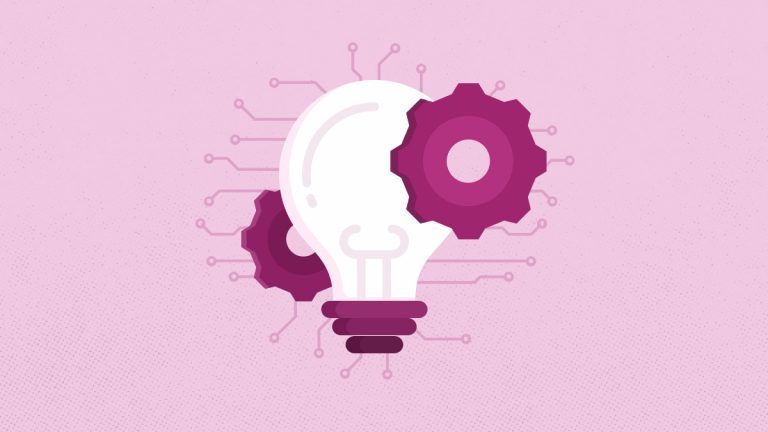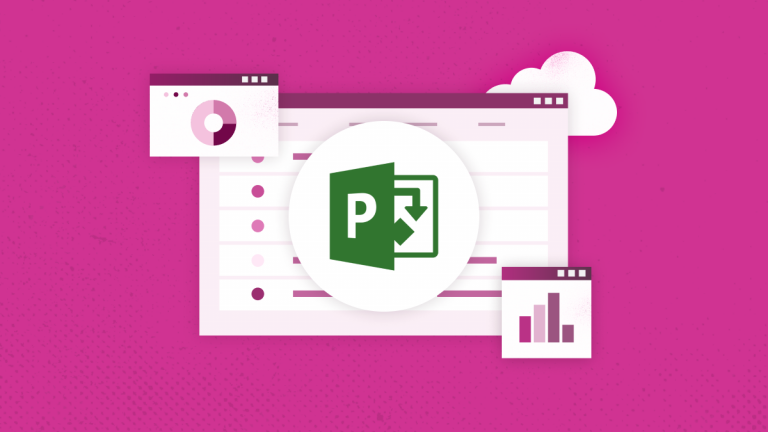
Elena Humeniuk
PPM Consultant
Ideation has emerged as a critical factor for driving innovation and success. To successfully expand in this ever-changing environment, businesses must prioritize ideas effectively. This article provides an overview of defining, setting, and prioritizing criteria and reducing the time and effort spent in the demand management (DM) industry.
Ideation: A Foundation for Innovation
What exactly is ideation? As per the global ideation definition, it is a systematic and creative approach to producing valuable ideas. The ideas produced using this approach can be expanded through a multi-stage process and gates. Ideation is one of the most essential elements in innovation. It covers the creative process from idea generation to implementation. Ideation is the driving force that enables teams to explore new solutions, products, or services to resolve their challenges. With the rise of the ideation concept, tools (also known as ideate software) that can facilitate the overall ideation process play a vital role in managing the whole lifecycle.
Project Prioritization
Project prioritization is the process or practice of strategically analyzing, assessing, and prioritizing projects according to predefined standards. Its examples include resource requirements and allocation, alignment with organizational goals, and viability. It ensures successful execution, control, and monitoring and enables businesses to achieve their strategic and operational goals. Efficiency in project prioritization criteria is about minimizing time and effort. In this regard, organizations can aim for the following outcomes:
Establishing the Prioritization Criteria
In this fast-paced business world, timely decision-making is critical. Organizations must minimize the time it takes to define clear criteria for idea ranking and project prioritization. This involves essential parameters like resource requirements and allocation, alignment with strategic direction, feasibility, and market impact analysis. Following this practice prevents unforeseen delays from affecting valuable ideas.
Seamless Integration into Ideation Tools
Once the criteria are set, the next step is to integrate those criteria efficiently into ideation software or platforms. As mentioned above, organizations strive to minimize the time needed to integrate these criteria seamlessly. This will ensure that the evaluation process is aligned with the defined criteria, bringing consistency and transparency in decision-making.
Scoring System Development
Developing a consistent scoring system is crucial for efficient and proper prioritization. It is essential to reduce the efforts to the minimum organizations require. This encourages active participation from team members and facilitates the evaluation process.
Key Points/Considerations in Establishment of Prioritization Criteria
Organizations should consider their industry’s unique dimensions/characteristics and goals when defining prioritization criteria. The criteria should be flexible and adaptable to changing environments or landscapes, and they must also be relevant and accessible to measure.
The Ideation Process and Strategy
For successful innovation, it is pertinent to understand that the ideation process and strategy are crucial for successful innovation for any organization. It requires brainstorming, collaborative discussions, and different types of relevant experimentation. Such processes help make ideas a reality. The ideation strategy also helps align the efforts with the company’s goals, market trends, and customer requirements.
The Important Role of Ideation Tools and Software
Enterprises increasingly depend on advanced tools and software to streamline ideation processes. Ideas can be captured, evaluated, and monitored using tools related to idea management platforms in a digital ecosystem. These tools enhance collaboration and offer a structured approach to managing the ideation lifecycle.
Technology-Driven Efficient Ideation
Ideation strategies are evolving due to technological advancements. These cutting-edge technologies and tools not only accelerate the idea generation process but also support seamless integration of prioritization criteria. This digital transformation of ideation also ensures real-time collaboration, data-driven decision-making, and adaptability to the latest market trends and changes.
Strategic Alignment and Feasibility
Two significant critical aspects of project prioritization criteria are strategic alignment and feasibility. The most basic need is to assess whether ideas are aligned with the organization’s goals and objectives. Assessing their practicality for implementation is crucial for streamlining the decision-making process. It allows organizations to focus on those ideas that can most effectively contribute to achieving their strategic objectives.
Market Impact and Resource Requirements
Another integral component of the prioritization criteria is evaluating ideas’ potential impact on the market. It also includes an understanding of resource requirements. Preferable ideas can impact a significant market and manageable resource requirements. This assures organizations that they can invest their resources wisely, maximizing the return on innovation.
Innovation Potential
Assessing the innovation potential of ideas is essential and provides an opportunity for organizations to stay competitive. Prioritizing ideas with high innovation potential fosters a culture of continuous improvement. It is a crucial criterion that organizations should consider when defining their prioritization framework.
Conclusion
In demand management, the efficiency of project prioritization criteria is integral to innovation, enhancing the ideation process. Organizations can ensure that their innovation portfolios and projects are aligned with business objectives by:
- Reducing the time it takes for the establishment of criteria
- Integrating it into the ideation software
- Developing a scoring system
Sustained growth and success can be achieved by:
- Adopting advanced tools and strategies
- Aligning ideation framework with organizational goals
- Strategically evaluating innovative ideas.
Read the Guide
to Idea Management in Project Online











